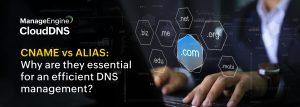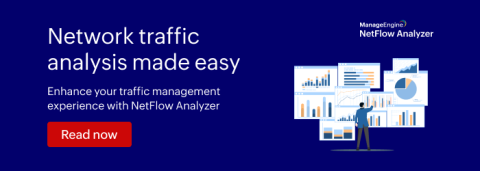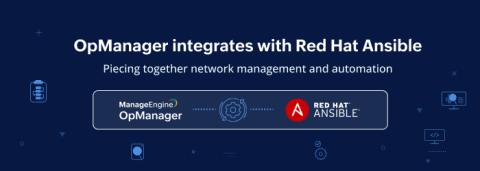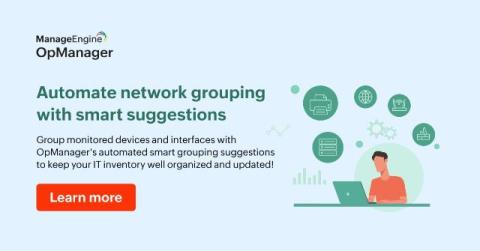What is the difference between CNAME and ALIAS records? How can you utilize these records for different use cases?
Both CNAME and ALIAS records share a common purpose: They map one or multiple domain names (such as those for different departments or regions) to a main target domain. However, their specific uses and functionality differ in various network scenarios. Network administrators need to understand these distinctions to leverage each record type effectively for robust network services. This blog will help you understand the differences between CNAME and ALIAS records and their applications.











